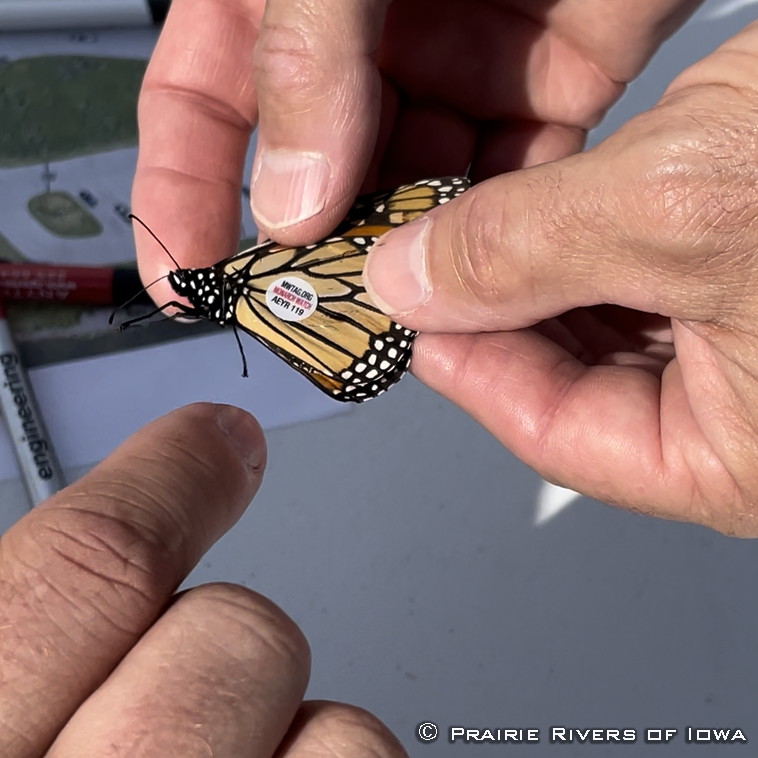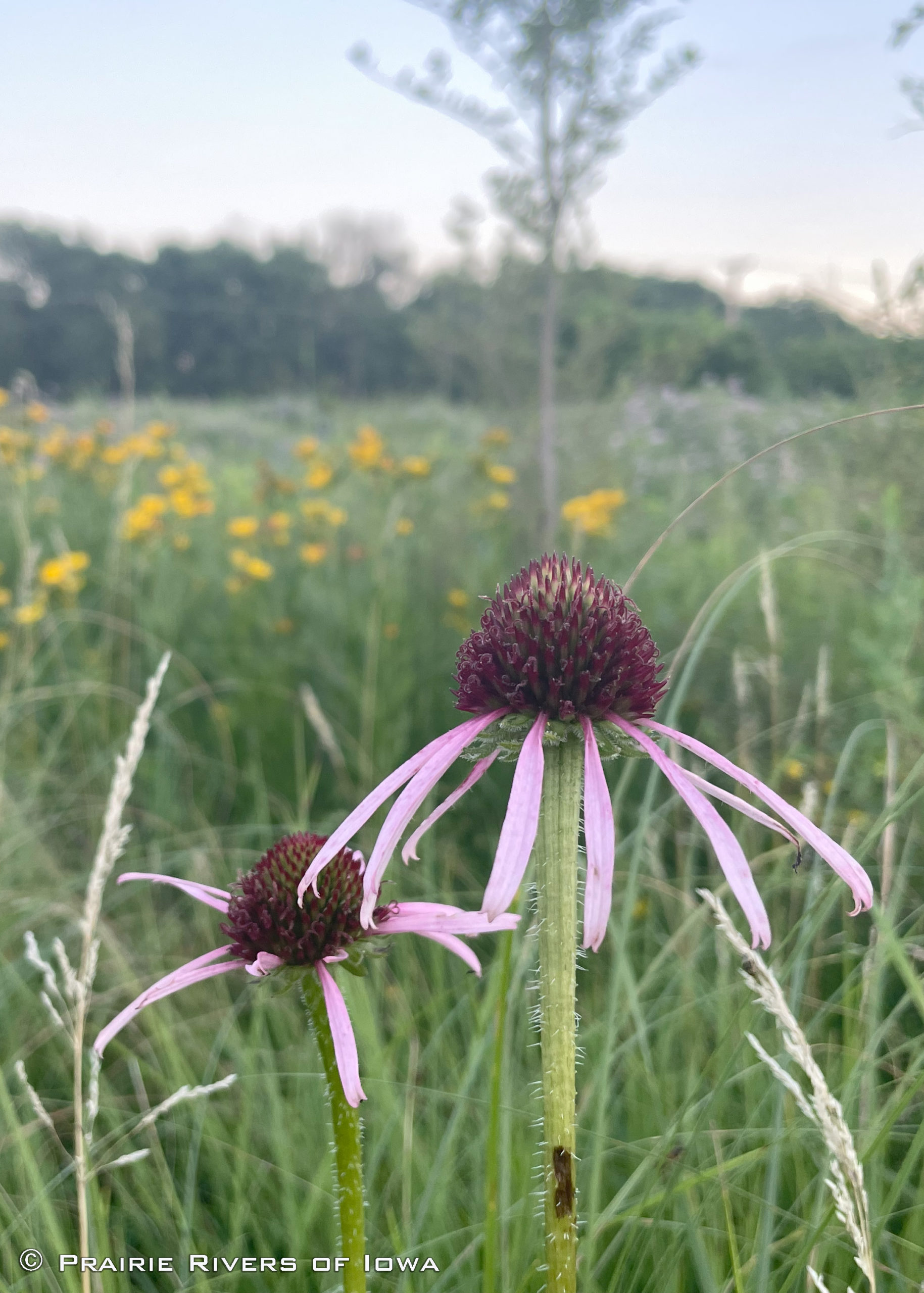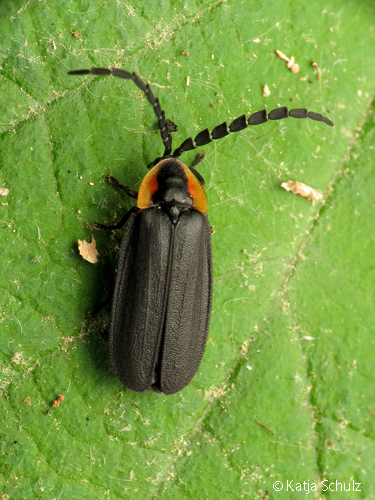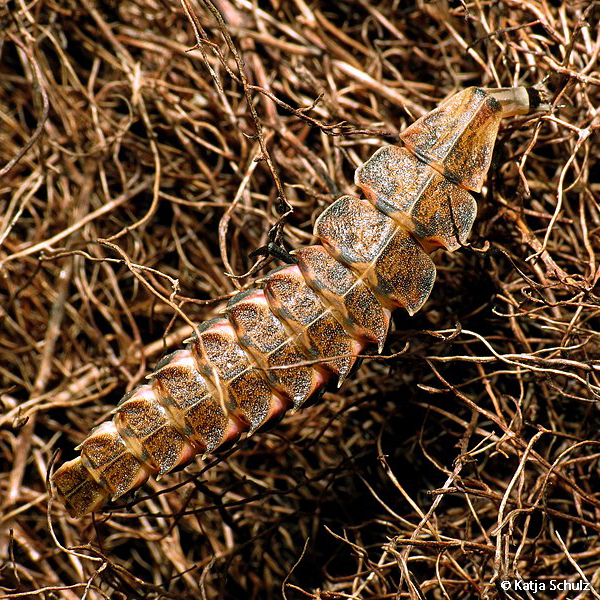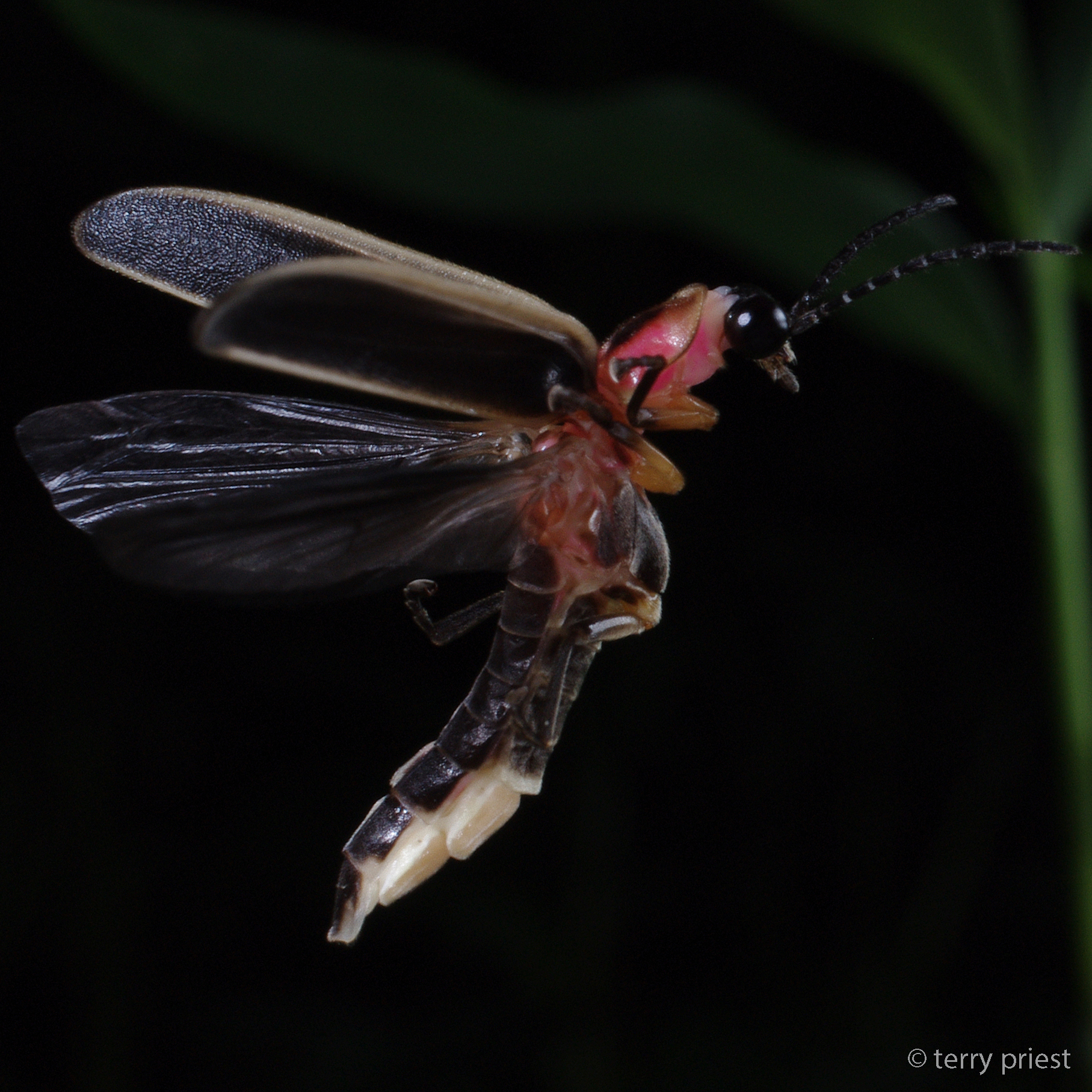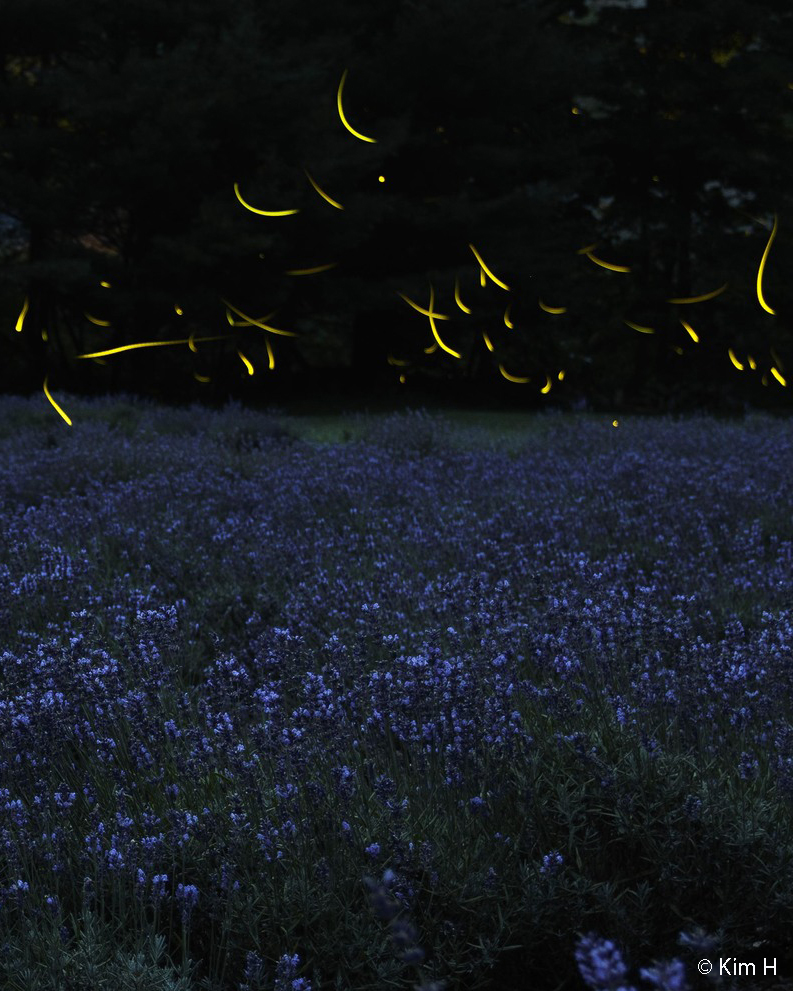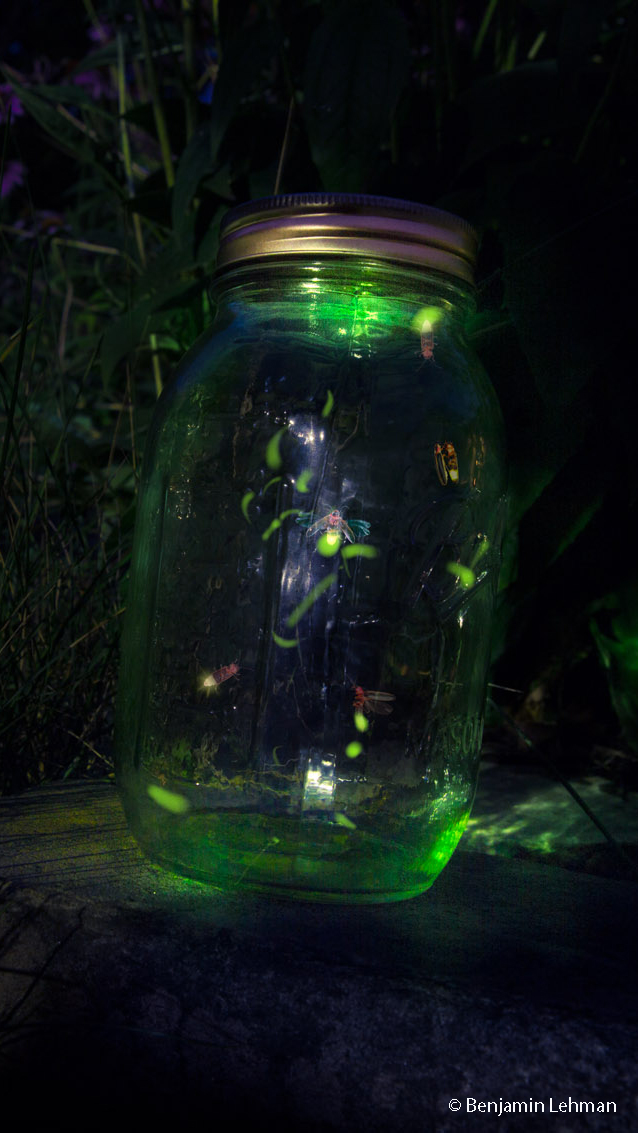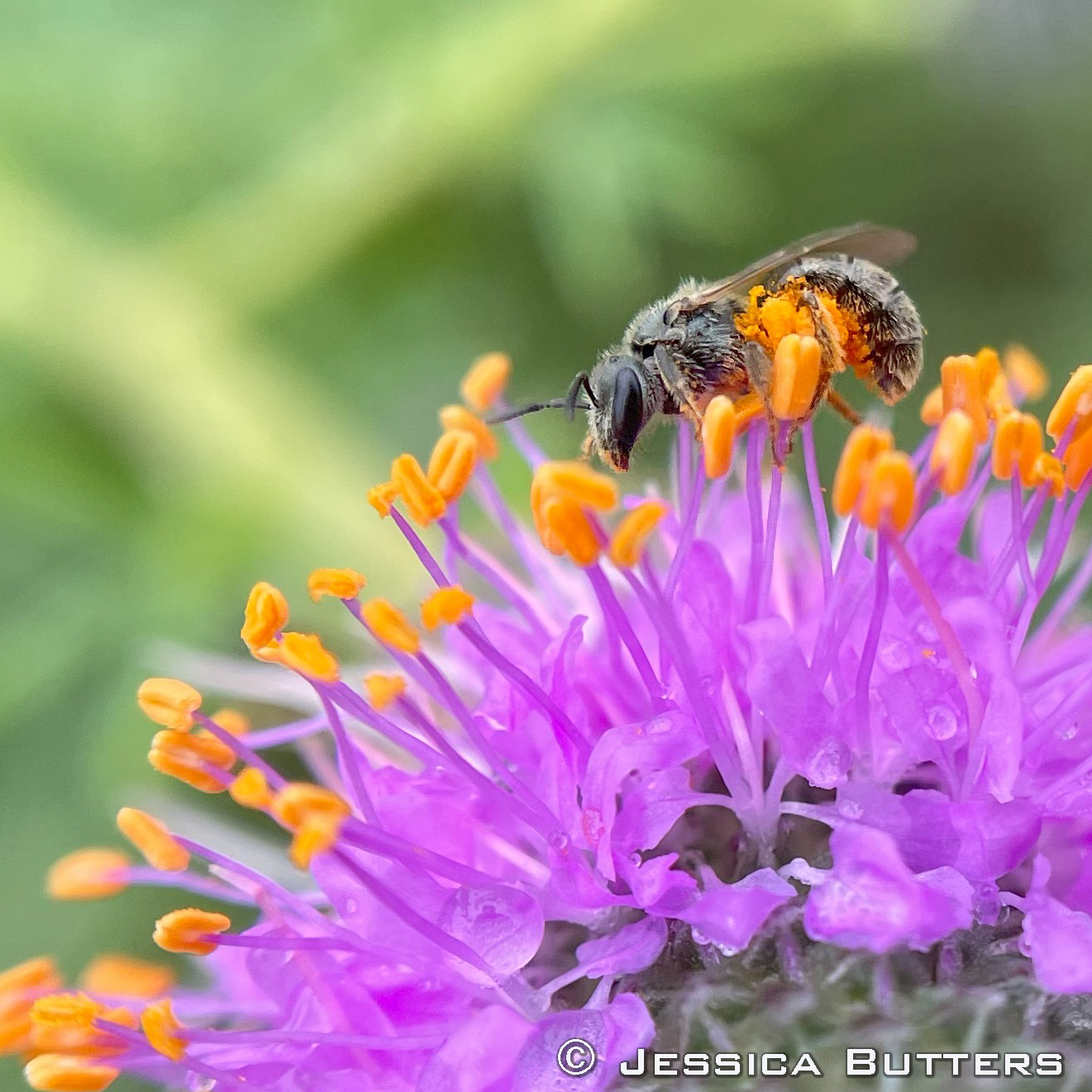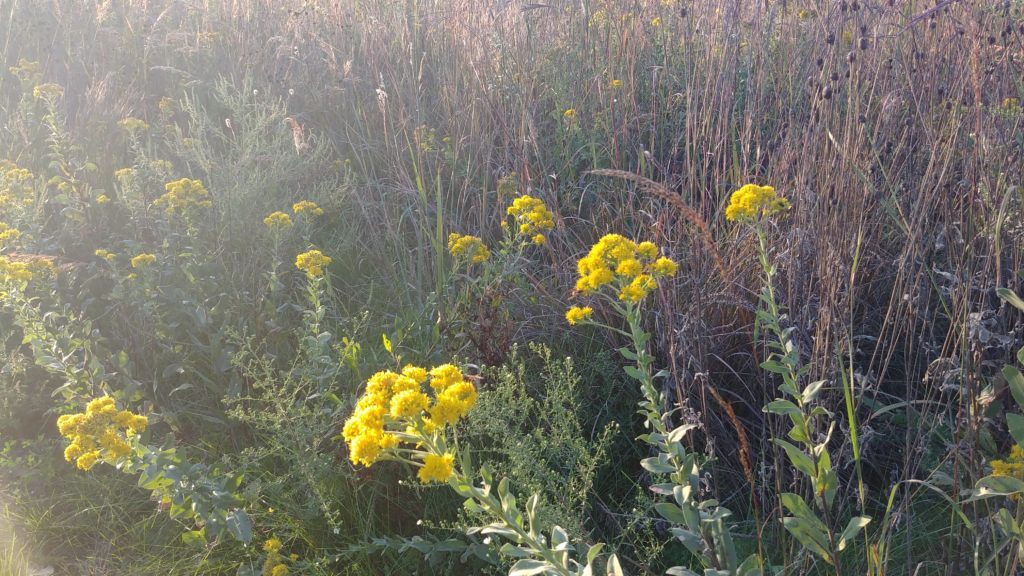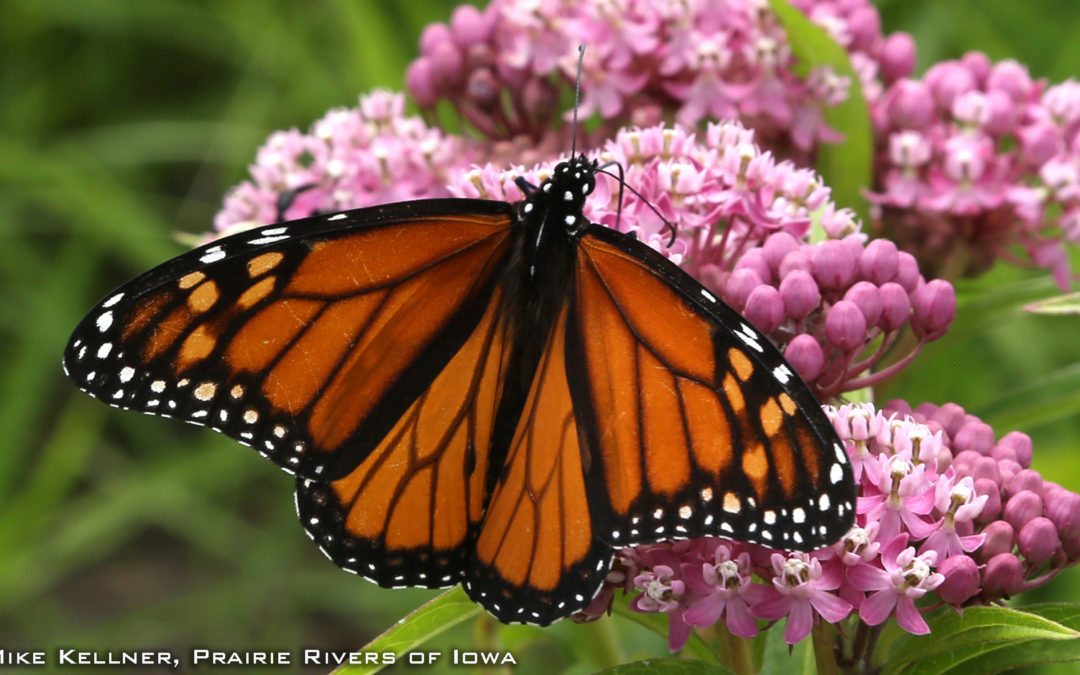
The Magic of Monarchs
Last weekend Prairie Rivers of Iowa hosted Monarch Magic, an activity-filled monarch butterfly tagging event, at Ada Hayden Heritage Park in Ames. During this three-hour event, at least 100 families and groups collectively tagged 146 monarch butterflies! Many who had never experienced the magic of holding and tagging a monarch butterfly got to experience this thrill for the first time, and were able to buy a tee shirt to commemorate the experience!
In case you missed the event, or just want to refresh your monarch knowledge, we discuss here why we tag monarchs during their migration south, and review some interesting monarch facts!
The magic of monarch tagging
There are few things that feel as special as holding a monarch butterfly and setting it free with a tag! The “tags”, in this sense, are small stickers. Tagging only occurs in late summer, during the monarch migration to Mexico. To tag a monarch, you gently hold a monarch’s wings together and place a tag on one of the monarch’s hind wings. Next, you place their feet on your hand or on a flower, and release their wings, watching them take off on their way to Mexico! Each tag has a unique sequence, allowing us to identify individual monarchs. People tagging monarchs report the tag sequence they used for each monarch, along with the date and location they tagged the monarch. This information then gets reported to a database. Anyone who sees a tagged monarch can report the sequence on its tag to the database, and can learn where the monarch was originally tagged!
What does tagging tell us?
Scientists and community members tag and report monarchs to track their migration. The tags and their database are provided and managed by Monarch Watch, a nonprofit research program based at the University of Kansas. Since 1992, Monarch Watch has tracked monarch migration to understand the timing of their migration, their migration routes, mortality rates during migration, the pace of migration, and more! Tagged monarchs that make it to Mexico are recaptured in tagging programs based in Mexico, and are reported to Monarch Watch. Understanding details such as timing of migration and which states and counties are along the migration route can help us determine the most effective ways to support monarch butterflies.
Are monarchs endangered?
Monarchs are not currently considered endangered by the US federal government. They are, however, a “candidate species”, meaning that the government has determined that federal protection for monarch butterflies is warranted. Unfortunately, other species in the US are struggling even more than monarchs, and therefore take priority for the time being. The government will review the status of monarchs annually until they are able to create a proposal to officially list monarch butterflies as a species needing government protection. Until then, participating in monarch tagging events, reporting tagged monarch sightings, and planting native, pesticide-free gardens are the best ways to help monarch butterfly populations!
Monarch Facts!
While their populations are threatened, monarchs are truly incredible insects! For us, seeing migrating monarchs and tagging a few is a magical experience. However, migration is an arduous journey for monarch butterflies, which lends them some interesting traits!
- The species name for the monarch butterfly is Danaus plexippus.
- There are two main populations of monarchs – an eastern and a western.
- Eastern monarchs call Iowa and other states east of the Rocky Mountains home. This population makes the miraculous trip to Mexico!
- A single monarch can fly up to 3,000 miles from Canada to Mexico.
- The peak monarch migration time in Iowa is September 3rd to September 15th.
- A monarch butterfly is about the same weight as a paper clip!
- The monarchs that migrate to Mexico can live up to eight months!
- Monarchs overwinter in very specific habitat: the oyamel fir forests on Mexico’s mountaintops.
- Oyamel fir forests provide cool temperatures and constant moisture to help monarchs survive the winter.
- The oyamel fir forests are becoming scarce due to habitat loss from logging and farming.
- Monarchs roost in trees for protection from wind, rain, and snow.
- Monarch caterpillars can only eat milkweed, but adult monarchs will sip nectar from almost any flower!
Pale coneflower provides nectar for monarchs.
How can you help monarchs at home?
There are a few easy steps you can take to help monarchs all year round, and a few flower species that are especially good for helping monarchs on their journey to Mexico in September!
- Plant milkweed and provide native flowers for nectar year-round:
- Spring: Hoary vervain (Verbena stricta), pale coneflower (Echinacea angustifolia)
- Summer: blazing star (many Liatris species)
- Fall: goldenrod (many Solidago species), sunflowers (Helianthus species), and asters (Silphium species).
- Be sure to plant late-blooming plants to help migrating monarchs fuel up on their way to Mexico!
- Some of their favorite fall plants are:
- Compass plant (Silphium laciniatum)
- Goldenrods (Solidago species)
- Sawtooth sunflower (Helianthus grosseserratus)
- False boneset (Brickellia eupatorioides).
- Planting these fall flowers will also help our other native pollinators, especially bumble bees!
- Some of their favorite fall plants are:
The magic of seeing the bright orange monarch soar in the blue September sky, the magic of holding and tagging a monarch to help understand them, and the joy they bring to all of us, is truly inspirational. Have a truly Magical Monarch Migration Season!
>> Buy a Monarch Magic shirt to support more Prairie Rivers of Iowa events! https://www.bonfire.com/monarch-magic/ <<



